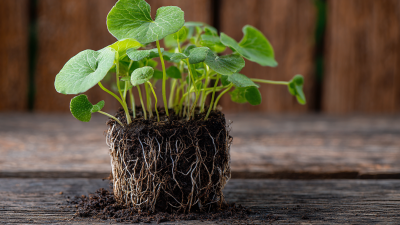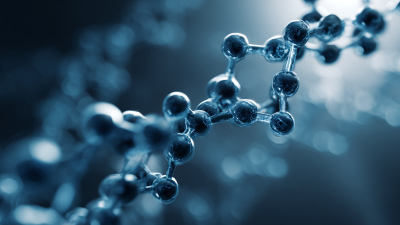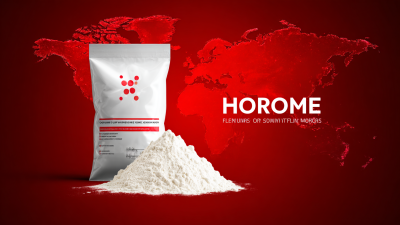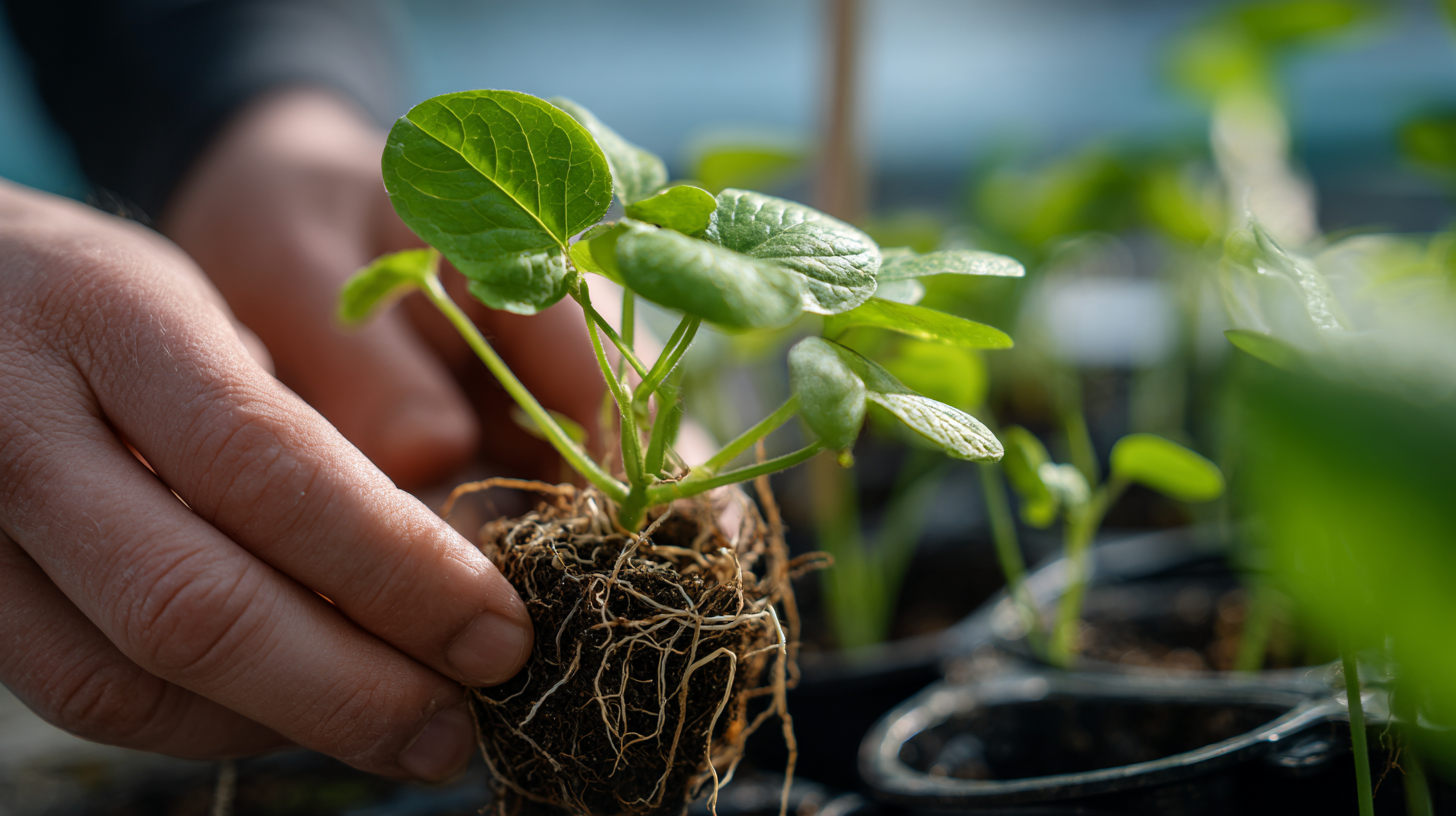 In the realm of horticulture, maximizing plant growth is pivotal for both commercial growers and home gardeners alike. A significant aspect of enhancing vegetative propagation lies in the effective use of Plant Rooting Hormone, which can dramatically improve the success rates of cuttings and grafts. According to a report by the American Journal of Horticultural Science, utilizing rooting hormones can increase root development by up to 90%, promoting quicker establishment of new plants. Furthermore, research from the Royal Horticultural Society indicates that plants treated with rooting hormones not only grow faster but also show greater resilience against environmental stressors. This guide aims to provide a comprehensive step-by-step approach to effectively utilizing Plant Rooting Hormone, ensuring that both novice and experienced growers can unlock the full potential of their plant propagation efforts.
In the realm of horticulture, maximizing plant growth is pivotal for both commercial growers and home gardeners alike. A significant aspect of enhancing vegetative propagation lies in the effective use of Plant Rooting Hormone, which can dramatically improve the success rates of cuttings and grafts. According to a report by the American Journal of Horticultural Science, utilizing rooting hormones can increase root development by up to 90%, promoting quicker establishment of new plants. Furthermore, research from the Royal Horticultural Society indicates that plants treated with rooting hormones not only grow faster but also show greater resilience against environmental stressors. This guide aims to provide a comprehensive step-by-step approach to effectively utilizing Plant Rooting Hormone, ensuring that both novice and experienced growers can unlock the full potential of their plant propagation efforts.
Rooting hormones play a crucial role in enhancing plant growth by promoting root development. These substances can be naturally derived, such as auxins found in plants, or synthetically made. The primary types of rooting hormones include indole-3-butyric acid (IBA), naphthalene acetic acid (NAA), and auxin. Each type has unique properties that influence rooting success. IBA is particularly effective for many woody plants, encouraging quicker root formation, while NAA is often used for softwood cuttings due to its versatility in promoting root growth across various species.
The application of rooting hormones can be particularly beneficial during the propagation of plants. Treating cuttings with these hormones significantly increases the likelihood of successful root development, resulting in healthier and more vigorous plants. When applied correctly, rooting hormones not only accelerate root growth but also enhance the overall resilience of the plants, making them more capable of withstanding environmental stresses. By understanding the different types of rooting hormones and their specific effects, gardeners can optimize plant growth and improve propagation success rates.
Rooting hormones play a crucial role in enhancing root development, which is essential for the overall growth of plants. These hormones, typically derived from natural plant compounds such as auxins, stimulate root formation by promoting cell elongation and division. When applied to cuttings or during the transplantation process, rooting hormones encourage the growth of new roots more quickly and robustly than would occur naturally. This accelerated development not only helps establish a stronger foundation for the plant but also increases nutrient and water uptake, ultimately leading to healthier foliage and blooms.
The science of rooting hormones revolves around their ability to mimic or enhance the plant's natural hormonal processes. Auxins, for instance, influence the formation of lateral roots, which are vital for anchoring the plant and facilitating nutrient absorption from the soil. By applying rooting hormones, gardeners can effectively manipulate these natural processes. Additionally, the use of rooting hormones has been shown to reduce transplant shock, allowing plants to adapt more swiftly to their new environment. Understanding and utilizing these hormones can therefore significantly improve propagation success and enhance the vitality of both indoor and outdoor plants.
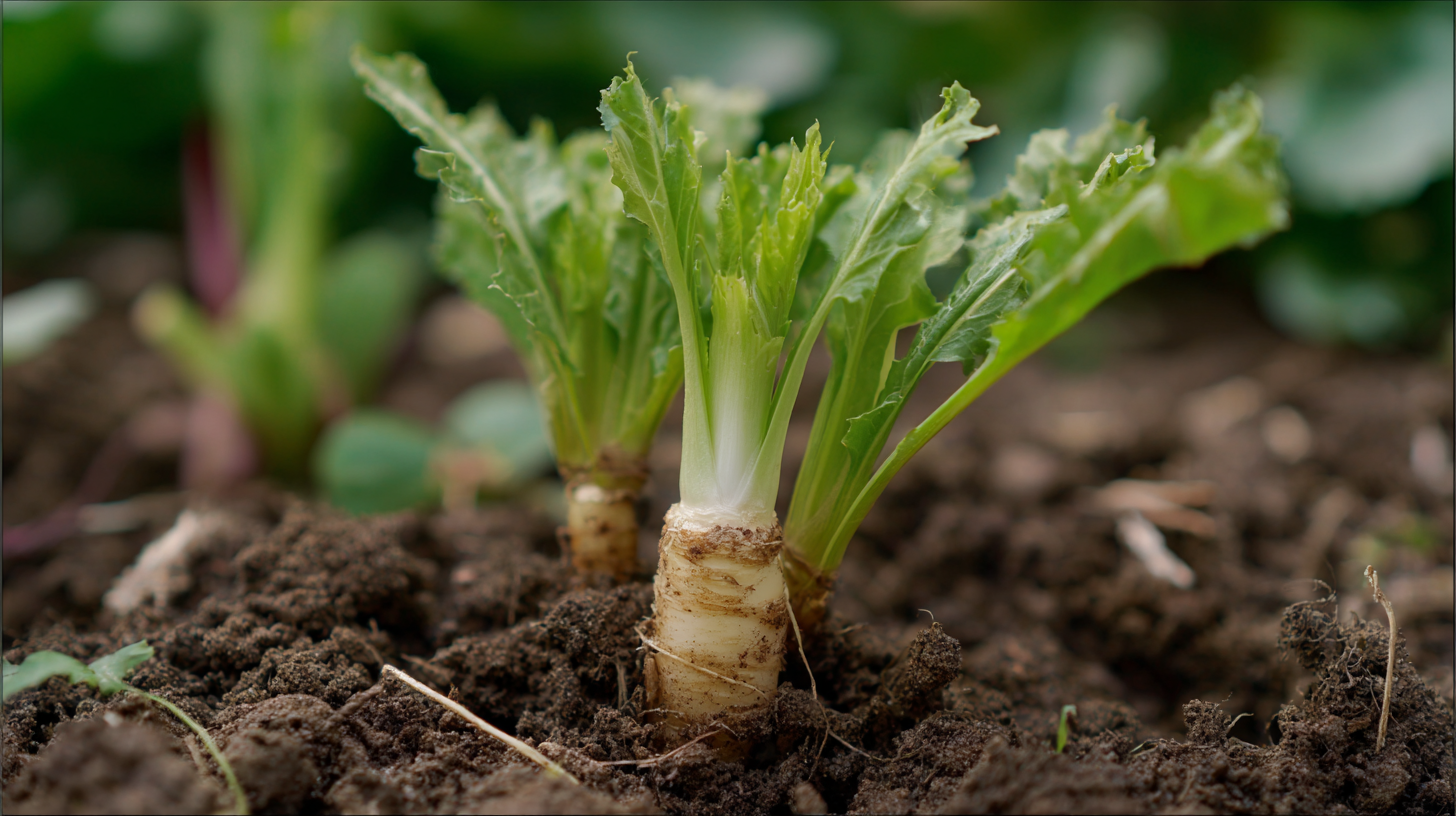
When using rooting hormones to maximize plant growth, following best practices is essential for successful results. Recent studies indicate that plants treated with rooting hormones exhibit up to 50% higher rooting rates compared to untreated specimens (Horticultural Science Journal, 2023). To start, it's vital to select the right type of rooting hormone, whether synthetic or natural. Synthetic hormones like indole-3-butyric acid (IBA) are highly effective, providing rapid root development, while natural options such as willow water can be beneficial for organic gardening enthusiasts.
The application process is equally critical. First, ensure that cuttings are taken from healthy parent plants, ideally in the morning when moisture content is highest. Dip the cut end of the cutting into the rooting hormone, shaking off any excess. Scientific research has shown that the optimal depth for hormone application is approximately 1-2 inches, with contact time limited to just a few seconds to avoid over-saturation (International Journal of Plant Biology, 2023). Post-application, plant the cuttings in a well-draining medium and keep them in a humid environment, which promotes moisture retention and enhances root development significantly. Implementing these best practices will lead to thriving plants and a more fruitful gardening experience.
When evaluating the effectiveness of rooting hormones on plant growth, it’s crucial to establish clear metrics for success. One primary metric is the rate of root development, which can be measured by counting the number of roots and assessing their length over a specified period. A significant increase in both the quantity and quality of roots indicates successful hormone application, allowing for better nutrient and water absorption.
Another important aspect to measure is overall plant health and growth rate. This can be quantified by examining changes in leaf size, color, and general vigor compared to control plants that did not receive rooting hormones. Additionally, tracking the rate of new leaf production and flower or fruit development can provide insight into the long-term benefits of using rooting hormones. By systematically observing these metrics, gardeners and horticulturists can make informed decisions about the best practices for maximizing plant growth and optimizing the use of rooting hormones.
| Plant Type | Rooting Hormone Used | Growth Rate (cm/week) | Root Development Score (1-10) | Survival Rate (%) |
|---|---|---|---|---|
| Pothos | Hormone A | 5 | 8 | 95 |
| Spider Plant | Hormone B | 6 | 9 | 90 |
| African Violet | Hormone C | 4 | 7 | 85 |
| Rose Cutting | Hormone D | 7 | 9 | 92 |
| Mint | Hormone E | 8 | 10 | 98 |
Rooting plants can be a delicate process, and ensuring optimal conditions is crucial for successful growth. Common issues include insufficient light, inadequate humidity, and improper soil moisture. According to a study published in the Journal of Horticultural Science, plants rooted in environments with at least 70% humidity showed a 40% increase in rooting success compared to drier conditions. Maintaining a consistent environment helps promote healthy root development.
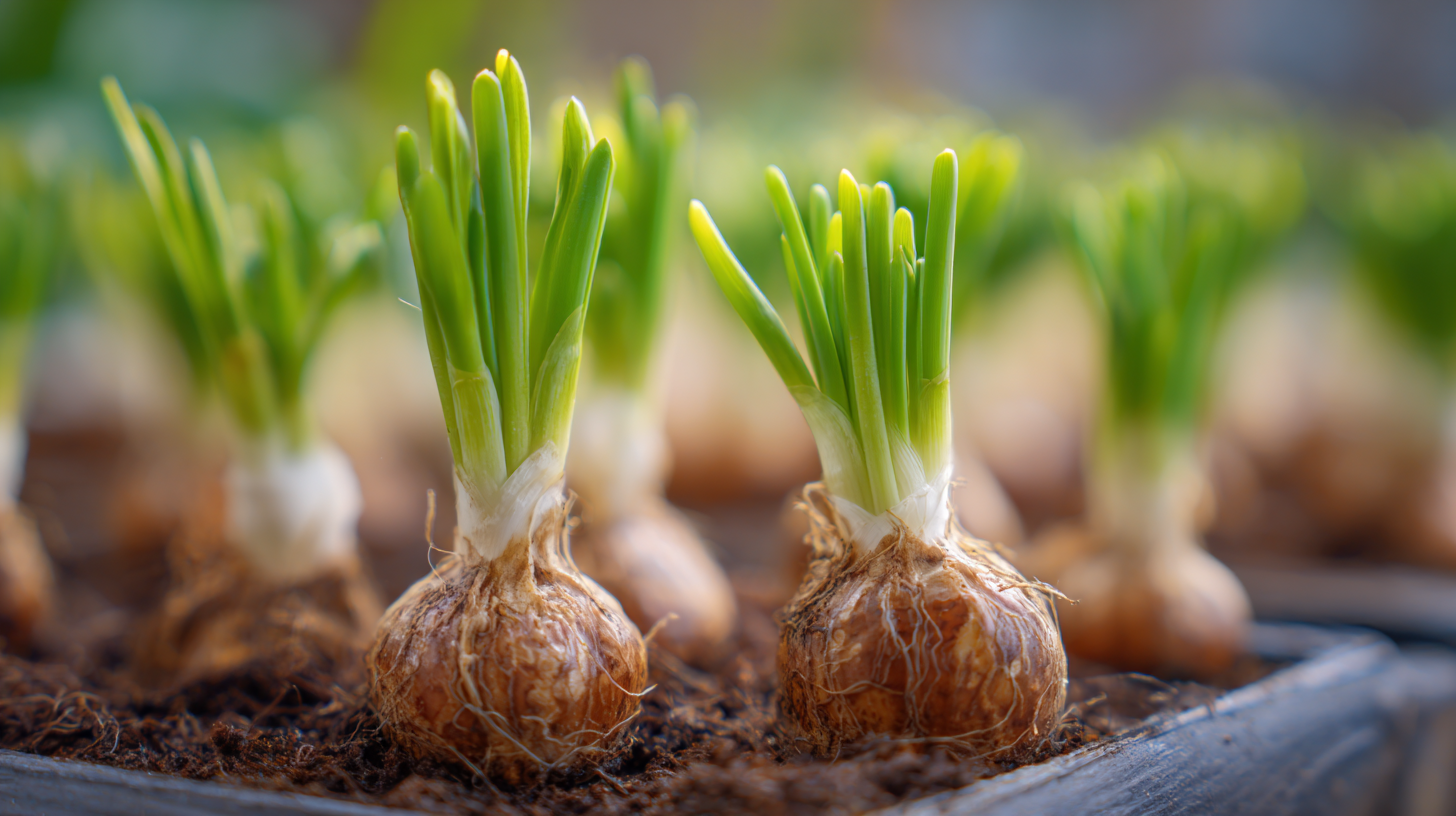
Tips: To enhance humidity, consider using a plastic dome or a humidity tent. This will help retain moisture around your cuttings.
Additionally, placing a small tray of water near your plants can naturally increase ambient humidity.
Soil moisture is another common trouble spot; overwatering can lead to rot, while underwatering can hinder root development. Research by the American Society for Horticultural Science indicates that a moisture level of 25-30% in the soil fosters the best rooting conditions. To gauge moisture levels, utilize a moisture meter or stick your finger into the soil—if it feels dry up to the second knuckle, it’s time to water.
Tips: Always use well-draining soil to prevent waterlogging and mix in perlite or vermiculite for improved aeration. This promotes a perfect balance of moisture and air around the roots, facilitating optimal growth.

